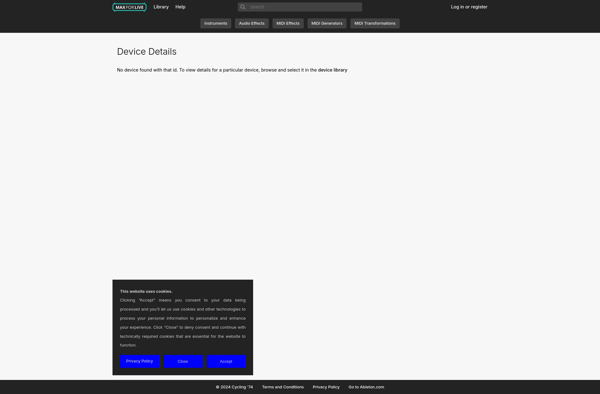Csound

Csound: Open Source Sound Design Software
Cross-platform sound design and audio synthesis software with a text-based coding language for creating complex audio, highly customizable and versatile
What is Csound?
Csound is a sound design, music synthesis and signal processing system. It was originally written at MIT by Barry Vercoe in 1985 as a successor to the MUSIC-11 synthesis language. Csound is one of the most widely used software sound synthesis languages today with a worldwide community of users. It is very well suited for sound design, algorithmic composition, sonification, spatialization, instrument building, sound analysis, and other audio tasks.
Csound works by compiling instrument and score code written in its own Csound language into an audio signal. The Csound language resembles C/C++ in syntax but is focused on options for realtime and rendered audio output. Instruments describe audio generators while scores give instructions for events on when and how to play instrument code over time. Csound's modular and text-based approach gives it unmatched depth of control for professional media composition and sound design.
Csound can run via command line, but there are many available frontends for easier use. Csound works seamlessly with external MIDI devices and can also be driven by OSC messages. It can operate in realtime for live performance as well as render audio files for automation. The Csound API allows advanced audio routing options and interaction with other media programming languages.
Csound Features
Features
- Text-based coding language for sound synthesis
- Modular design allows linking with other audio software
- Supports real-time audio input and output
- Huge library of opcodes for generating and processing sound
- Can be used for music composition, sound design, algorithmic music
- Works as a standalone application or can be embedded in other programs
- Cross-platform (Windows, Mac, Linux, iOS, Android)
Pricing
- Open Source
Pros
Cons
Official Links
Reviews & Ratings
Login to ReviewThe Best Csound Alternatives
Top Audio & Music and Audio Synthesis & Sound Design and other similar apps like Csound
Here are some alternatives to Csound:
Suggest an alternative ❐Max/MSP
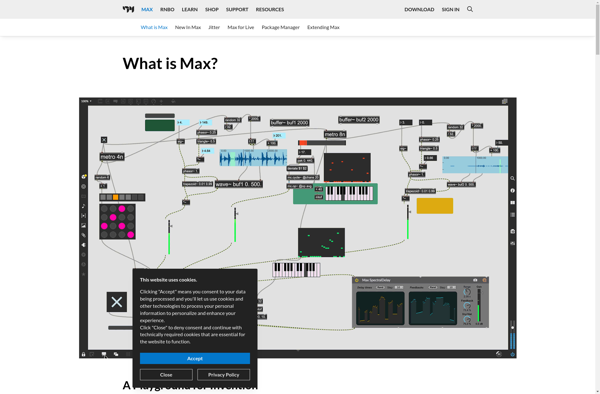
Overtone
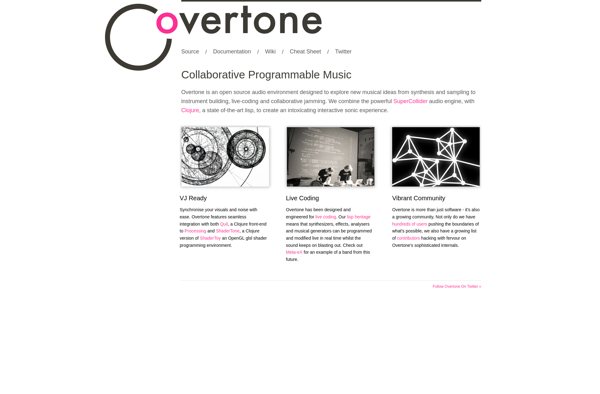
Sonic Pi
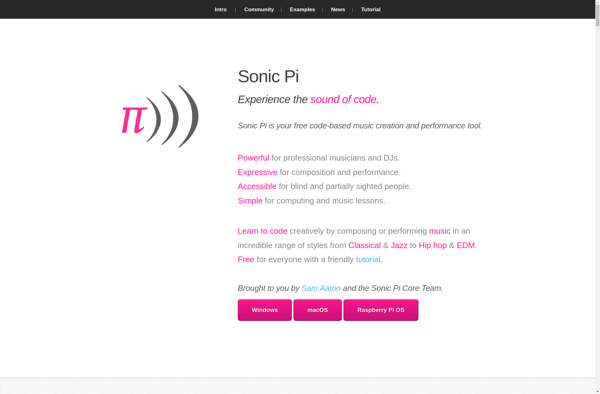
Pure Data
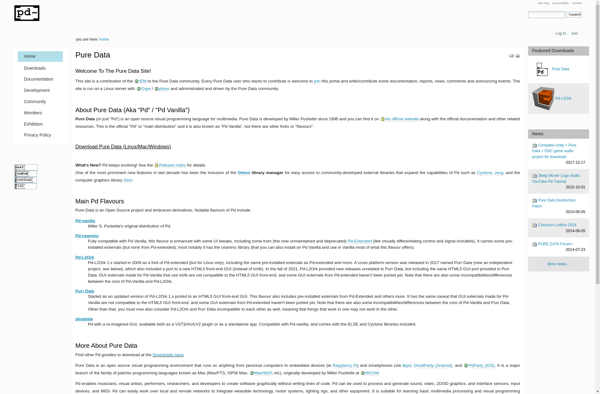
Nyquist
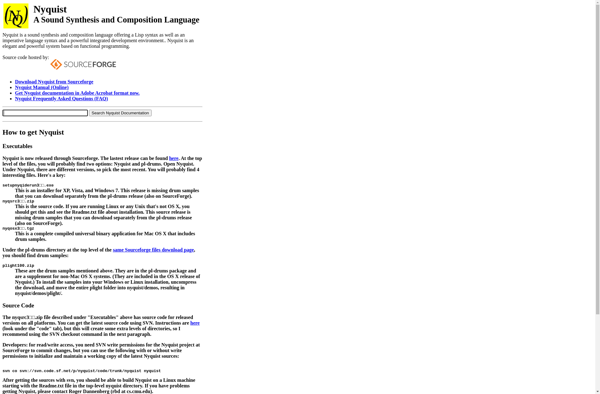
SuperCollider
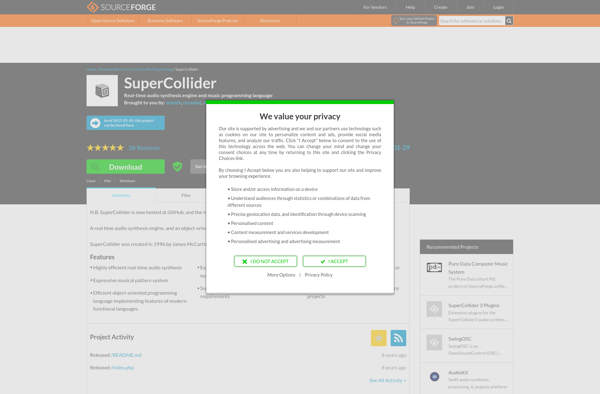
PraxisLIVE
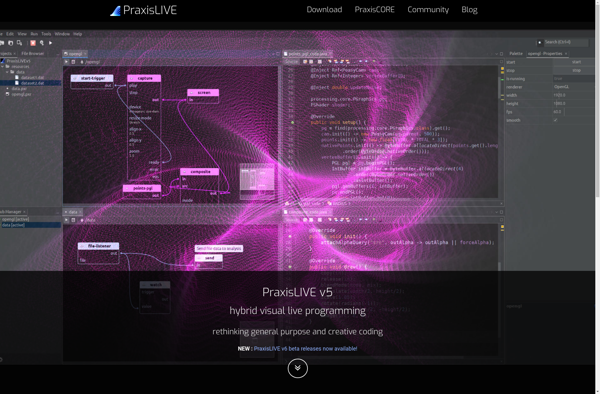
Shoebot

ChucK
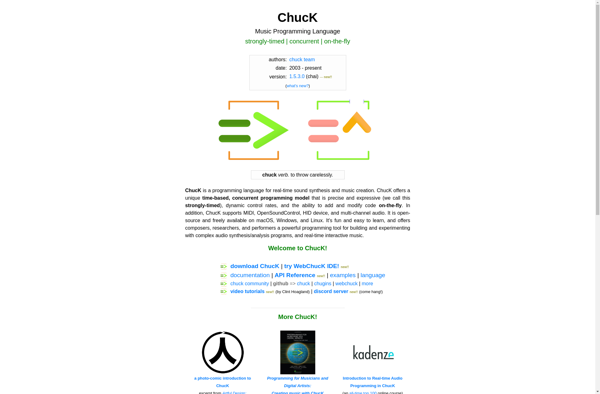
Slang audio programming language
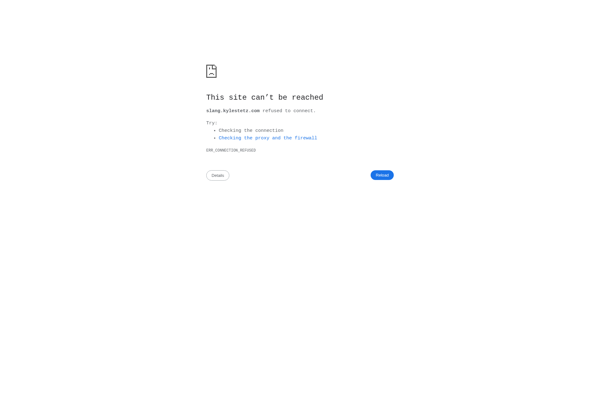
Faust
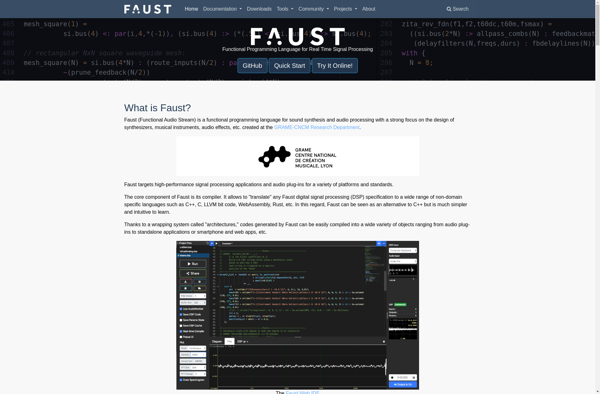
PdDroidParty
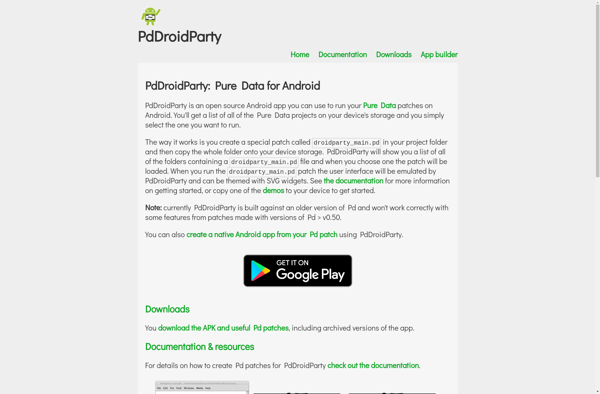
Wob FX 2
